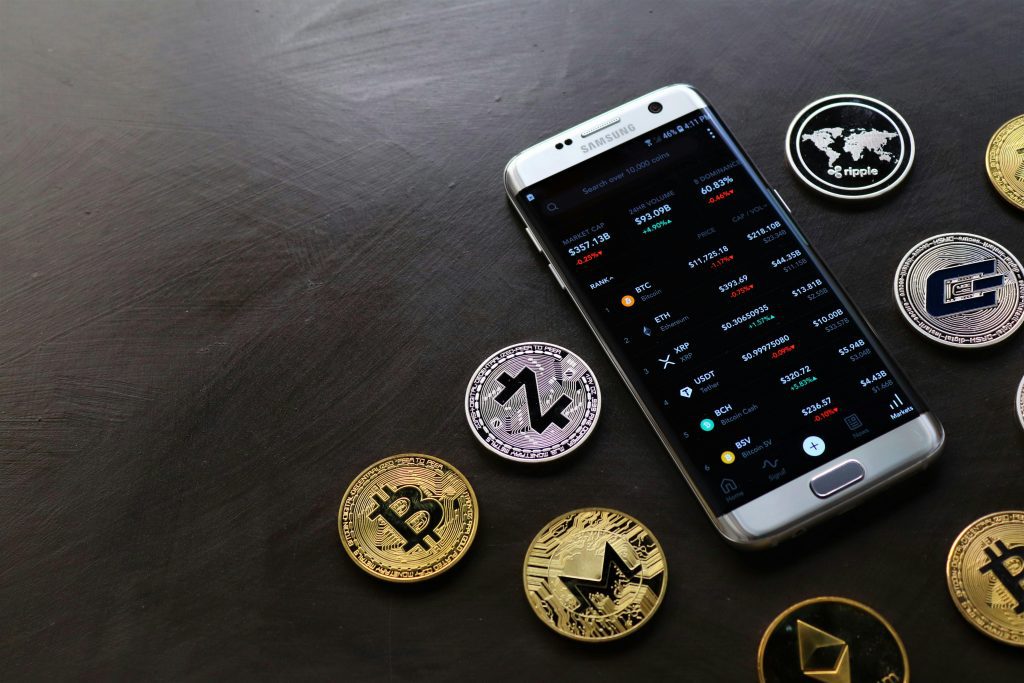
Decentralized Finance, or DeFi, is revolutionizing the way we interact with financial systems by leveraging blockchain technology to provide open, permissionless financial services. Whether you’re a crypto enthusiast or completely new to DeFi, understanding its concepts and tools is essential to unlocking its full potential. In this guide, we’ll cover comprehensive DeFi tutorials tailored for beginners, exploring topics like setting up a wallet, staking, liquidity pooling, and understanding DeFi platforms. With simple, step-by-step instructions, you’ll gain the confidence to navigate the world of decentralized finance and take advantage of its opportunities. Let’s dive into the DeFi ecosystem together.
What is Decentralized Finance (DeFi)?
DeFi refers to a financial system built on blockchain technology, offering services like lending, borrowing, trading, and earning interest without relying on traditional intermediaries like banks. Instead, DeFi uses smart contracts—self-executing programs on blockchains like Ethereum or Binance Smart Chain—to facilitate transactions securely and transparently.
Key Features of DeFi:
- Accessibility: Open to anyone with an internet connection.
- Transparency: All transactions are visible on public ledgers.
- Interoperability: Many DeFi platforms can connect and work together.
- Control: Users retain full control over their funds.
1. Setting Up Your Wallet
A wallet is essential for interacting with DeFi platforms. Here’s how to set one up:
Step-by-Step Tutorial:
- Choose a Wallet: Use popular options like MetaMask, Trust Wallet, or Coinbase Wallet.
- Download and Install: Install the wallet app on your browser or mobile device.
- Create a Wallet: Follow the on-screen prompts to generate a new wallet.
- Save Your Recovery Phrase: Write down and securely store your recovery phrase. Never share it.
- Add Funds: Transfer cryptocurrency (e.g., ETH or BNB) to your wallet to start interacting with DeFi apps.
2. Exploring Decentralized Exchanges (DEXs)
DEXs allow you to trade cryptocurrencies directly from your wallet without intermediaries.
Step-by-Step Tutorial:
- Connect Your Wallet: Visit a DEX like Uniswap or PancakeSwap and click “Connect Wallet.”
- Select a Trading Pair: Choose the cryptocurrency pair you want to trade (e.g., ETH/USDT).
- Set the Amount: Enter the amount of crypto you want to swap.
- Review Transaction Details: Check slippage tolerance and gas fees.
- Confirm the Swap: Approve the transaction from your wallet to complete the trade.
3. Staking in DeFi
Staking allows you to earn rewards by locking up your cryptocurrency to support blockchain networks or DeFi protocols.
Step-by-Step Tutorial:
- Find a Staking Platform: Use DeFi platforms like Aave, Curve Finance, or Lido.
- Select a Token: Choose a token you own that offers staking rewards.
- Stake Your Tokens: Navigate to the staking section and follow the prompts to lock up your funds.
- Monitor Rewards: Check your staking rewards periodically and reinvest if desired.
- Unstake When Ready: Withdraw your tokens after the staking period ends.
4. Understanding Liquidity Pools
Liquidity pools enable users to earn fees by providing liquidity for decentralized exchanges.
Step-by-Step Tutorial:
- Choose a Platform: Use DEXs like Uniswap or SushiSwap.
- Select a Pair: Choose a token pair to add liquidity (e.g., ETH/DAI).
- Deposit Tokens: Provide equal values of both tokens to the liquidity pool.
- Receive LP Tokens: These represent your share of the pool and entitle you to a portion of trading fees.
- Withdraw Liquidity: Redeem your LP tokens to retrieve your funds and earned fees.
5. Yield Farming: Maximizing Returns
Yield farming involves lending or staking cryptocurrency in DeFi platforms to earn rewards.
Step-by-Step Tutorial:
- Find a Yield Farming Platform: Explore platforms like Yearn Finance, Harvest, or PancakeSwap.
- Choose a Farm: Select a yield farming pool that suits your risk tolerance.
- Deposit Tokens: Stake your LP tokens or crypto assets in the farm.
- Earn Rewards: Monitor your farming rewards, typically paid in governance tokens or other cryptos.
- Reinvest or Harvest: Reinvest your rewards or withdraw them as needed.
6. Managing Risks in DeFi
While DeFi offers exciting opportunities, it also comes with risks such as smart contract vulnerabilities, impermanent loss, and market volatility.
Risk Management Tips:
- Research Projects: Only use well-established platforms with a good reputation.
- Diversify Investments: Avoid putting all your funds in one platform or pool.
- Understand Risks: Learn about impermanent loss and how it can impact liquidity providers.
- Use Hardware Wallets: Enhance security by storing funds in a hardware wallet.
7. DeFi Lending and Borrowing
DeFi platforms like Aave and Compound allow users to lend their crypto assets for interest or borrow against their holdings.
Step-by-Step Tutorial:
- Choose a Platform: Visit a lending platform like Aave.
- Deposit Funds: Provide your crypto assets as collateral.
- Earn Interest: Start earning interest on your deposited funds.
- Borrow Funds: Borrow crypto assets against your collateral if needed.
- Repay Loans: Repay borrowed funds and reclaim your collateral.
8. Popular DeFi Platforms to Explore
Here’s a list of beginner-friendly DeFi platforms to get started:
- Uniswap: A popular DEX for trading Ethereum-based tokens.
- Aave: A lending and borrowing platform.
- PancakeSwap: A Binance Smart Chain-based DEX.
- Compound: A platform for earning interest on your crypto.
- Yearn Finance: A yield aggregator for maximizing returns.
9. Staying Safe in DeFi
Security is paramount in the DeFi space. Follow these tips to protect your funds:
- Beware of Scams: Avoid clicking on suspicious links or connecting your wallet to unknown platforms.
- Double-Check Transactions: Always confirm the contract address and transaction details.
- Use Reputable Platforms: Stick to trusted DeFi protocols with a proven track record.
10. The Future of DeFi
DeFi continues to evolve, with new platforms and opportunities emerging regularly. Innovations like cross-chain interoperability and layer-2 solutions are making DeFi faster, cheaper, and more accessible. Staying updated with trends and learning through tutorials can help you make the most of this revolutionary space.
Conclusion
Decentralized Finance (DeFi) is opening up new financial opportunities for users around the world. By following these tutorials, beginners can confidently navigate the DeFi landscape, from setting up a wallet and trading on DEXs to staking, yield farming, and beyond. With careful research, risk management, and continuous learning, you can unlock the full potential of DeFi and participate in this financial revolution.

